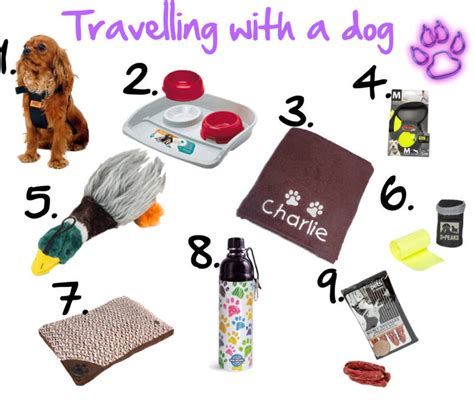Introduction
In the post-pandemic world, pet travel is experiencing a resurgence as pet owners eagerly seek adventure and companionship abroad. Ensuring your furry companion’s health and well-being during these journeys is paramount. This comprehensive guide provides vital information on pet travel health, vaccination protocols, and best practices to navigate international borders seamlessly and protect your beloved pet.

Pet Travel Health Considerations
Before embarking on an international trip with your pet, it’s crucial to address their overall health status. Consult with your veterinarian to assess your pet’s fitness for travel. Key factors to consider include:
- Age: Puppies and kittens should be at least three months old and have completed their vaccination series before traveling. Senior pets may require additional precautions.
- Medical History: Inform your veterinarian about any pre-existing conditions, allergies, or medications your pet is taking. Some destinations may have restrictions on pets with certain health issues.
- Breed: Certain breeds, such as brachycephalic (flat-faced) dogs, may experience respiratory difficulties during air travel and require special arrangements.
- Destination: Research the specific health requirements for your destination country. Some regions may have quarantine regulations or require additional vaccinations.
Essential Vaccinations for Pet Travel
Vaccinations play a pivotal role in safeguarding your pet’s health and preventing the spread of infectious diseases. Before traveling internationally, ensure your pet is fully immunized against the following core diseases:
| Disease | Vaccination Protocol |
|---|---|
| Rabies | Required in almost all countries; booster every 1-3 years |
| Distemper | Required for all dogs; booster every 3 years |
| Parvovirus | Required for all dogs; booster every 3 years |
| Leptospirosis | Recommended for dogs traveling to certain regions |
| Hepatitis | Recommended for dogs and cats traveling to certain regions |
Additional Health Recommendations
In addition to vaccinations, consider the following health measures to optimize your pet’s travel experience:
- Deworming and Flea/Tick Treatment: Protect your pet against intestinal parasites and external parasites by administering dewormers and flea/tick treatments as recommended by your veterinarian.
- Microchipping: Implanting a microchip with your pet’s unique identification number ensures easy identification in case they become separated from you.
- Travel Carrier: Choose a sturdy and comfortable travel carrier that complies with airline regulations. Line the carrier with absorbent materials to keep your pet dry and provide a sense of security.
- Travel Accessories: Pack essential supplies such as food, water, a collar with ID tags, and any necessary medications. Consider bringing a portable litter box for cats.
International Pet Travel Protocols
Navigating international borders with your pet requires adherence to specific protocols. Each country has its own regulations, so it’s essential to research the requirements thoroughly. Here are some common steps involved:
- Obtain a Health Certificate: Visit your veterinarian within 10 days of travel to obtain an official health certificate. This document verifies your pet’s health status and vaccinations.
- Acquire Entry Permits: Some countries require an import permit or quarantine period. Contact the embassy or consulate of your destination country for specific regulations.
- Arrange Transportation: Book pet-friendly flights or other transportation options that meet the requirements of your destination country.
- Clear Customs and Quarantine: Upon arrival, present your pet’s health certificate and other required documents to customs officials. In some cases, your pet may be subject to quarantine for a period of time.
Frequently Asked Questions
Q: Can I bring my pet on a plane?
A: Yes, many airlines allow pets in the cabin or as checked baggage. However, there are restrictions on pet size, breed, and the number of pets allowed. Contact the airline for specific guidelines.
Q: What do I do if my pet gets sick during travel?
A: If your pet displays any signs of illness or distress, seek veterinary attention immediately. Carry contact information for veterinarians in your destination country.
Q: How can I make my pet’s travel experience more comfortable?
A: Keep your pet hydrated, provide them with a comfortable and familiar environment, and use calming aids such as pheromone sprays or diffusers.
Conclusion
Planning and preparing for pet travel requires a proactive approach and attention to detail. By following the recommendations outlined in this guide, you can ensure your furry companion’s health and well-being throughout your international adventures. Remember to consult with your veterinarian and research destination-specific requirements thoroughly to facilitate a smooth and safe journey. Bon voyage to you and your beloved pet!





















